

Art, we like to think, has the power to change the world. Often we have to take this transaction as a matter faith, choosing to believe in subtle mysteries or basing our belief on personal experience. But sometimes the intent is much more obvious, when creatives set out to use the full force of their skills to encourage change in a very direct way. Such is the case with posters, which have been used for hundreds of years as agents of social and political change.
The Center for the Study of Political Graphics (CSPG) in California has an enormous archive of more than 90,000 political posters, from the 19th Century to the present day. It acts as the focal point for a community of artists, archivists, academics and enthusiasts who, “share a passion for the power of political art to educate and inspire people to action.”
The poster’s super-simple combination of text and imagery continues to pack a real punch. And even social media has given us much quicker and easier ways to promote and publish our messages, the poster remains a powerful communication tool. “Although combining images with words on paper as a form of protest is totally old school, political posters continue to be produced and disseminated throughout the world,” says Carol Wells, founder of the CSPG.
Computers, she explains, have “revolutionized” the process of making and sharing physical posters, with easy-to-use design programs and an immediate way of sending them across the world, where they can be downloaded and printed at the touch of a button. But while technology can help with the process, it can’t manufacture the spirit needed for a powerful political poster.
“A lot of bad posters have been designed on the computer,” Carol says. “One still needs artistic vision, design skills and political awareness to make a good protest graphic. Passion will help. At a time when lies are told to conceal the truth, protest graphics can challenge our preconceptions and make us think more critically.”
We asked Carol to survey the huge CSPG archive and select a few of her personal favorites from the vast collection.
Elena Serrano: OSPAAL
Elena Serrano visualizes the international impact of Che Guevara. Plus, it’s a gorgeous poster.
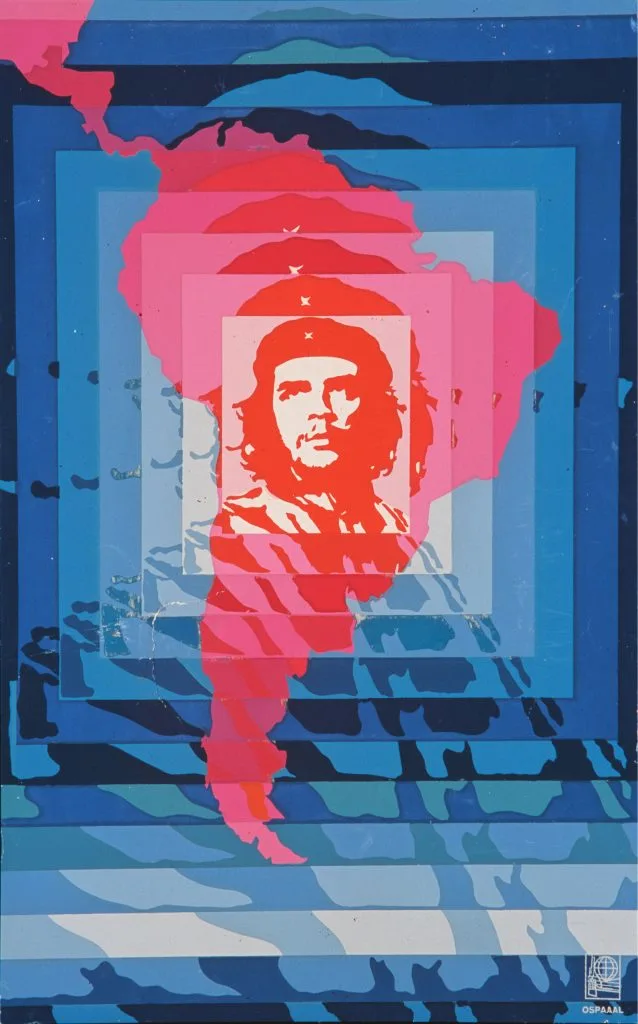
Steff Geissbuhler: Beauty Overcomes the Beasts
Another gorgeous poster that makes me laugh by showing two archetypical monsters united in peace and love.
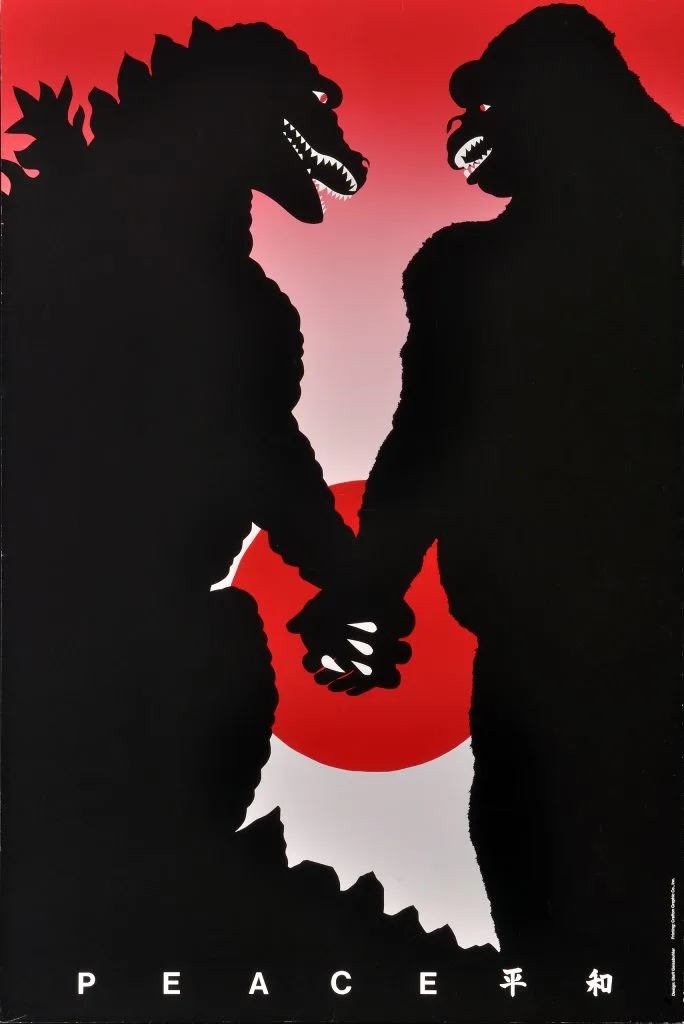
Lex Drewinski: Poster Demonstration
The brilliant simplicity of the design adds to the power of the message. It’s a visual punch in the face.
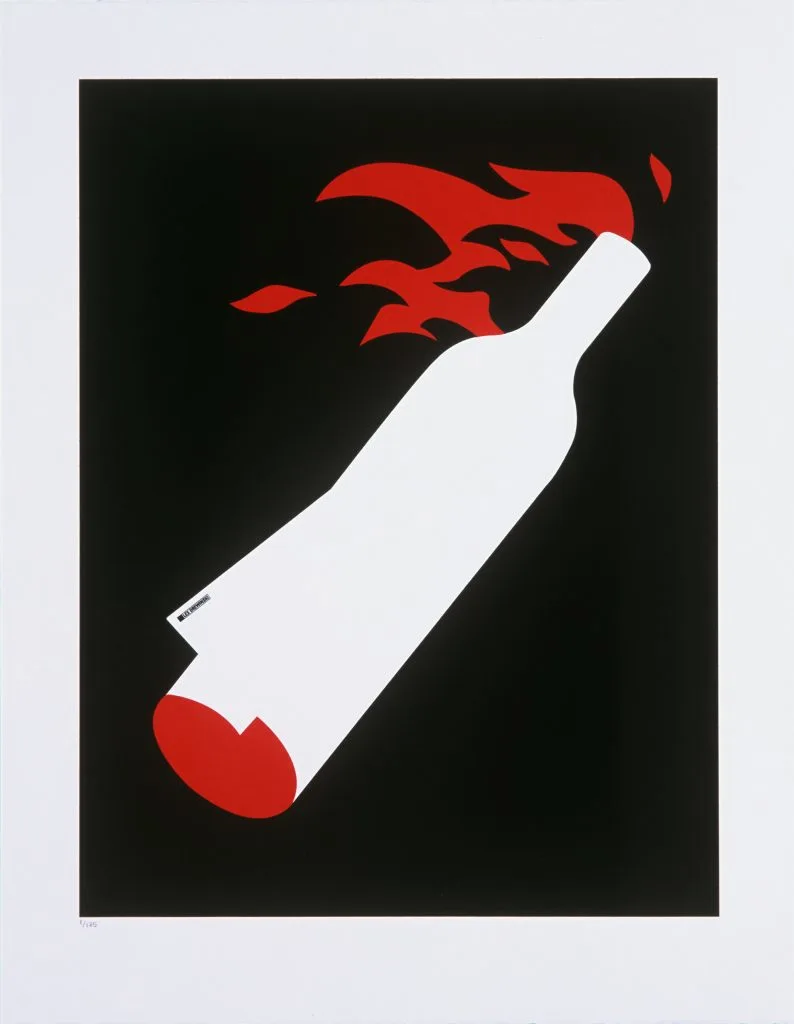
Pam Debenham: No Nukes in the Pacific
The stereotypical Polynesian shirt with its decorative flowers has been seductively transformed into an image of death and destruction. It makes viewers do a double-take.
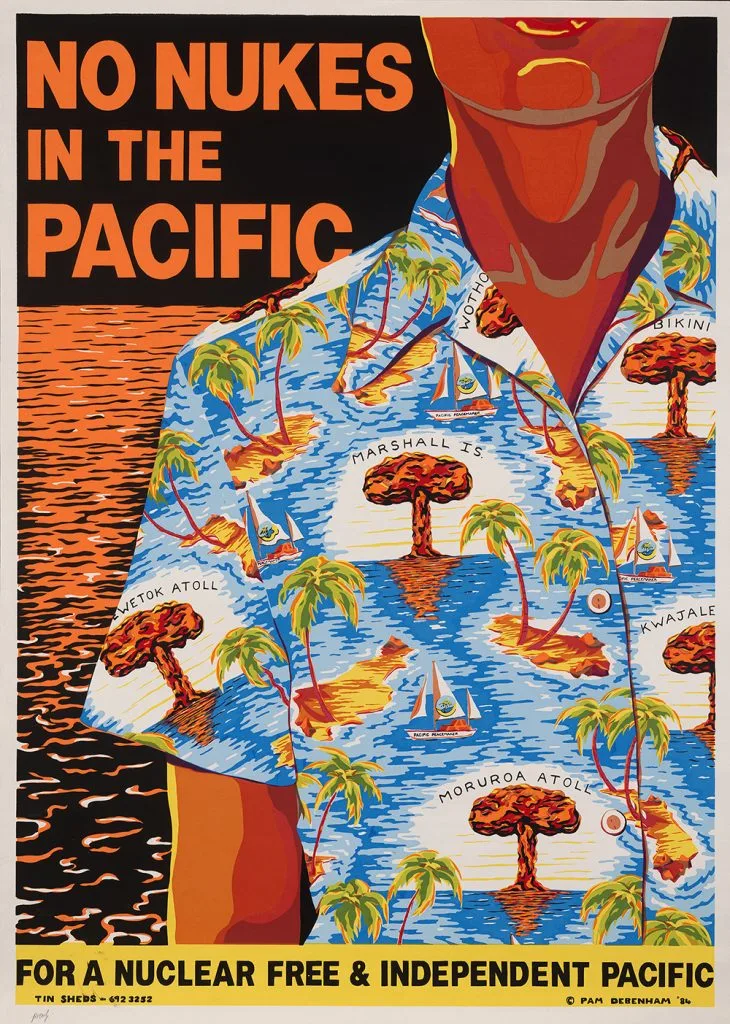
Yossi Lemel: Fukushima Mon Amour
It eloquently combines historical and contemporary nuclear disasters – the 1945 bombing of Hiroshima (the title is a play on the film Hiroshima, Mon Amour) and the ongoing radioactive catastrophe in Fukushima—placed against the background of the Japanese flag dissolving into blood and water.

Alejandro Magallanes: Ciudad Juárez 300 Mujeres Muertas 500 Mujeres Desaparecidas
A simple but terrifying image, encapsulating the violence done to countless women in Juarez, Mexico who have been kidnapped, raped, tortured, and disappeared.
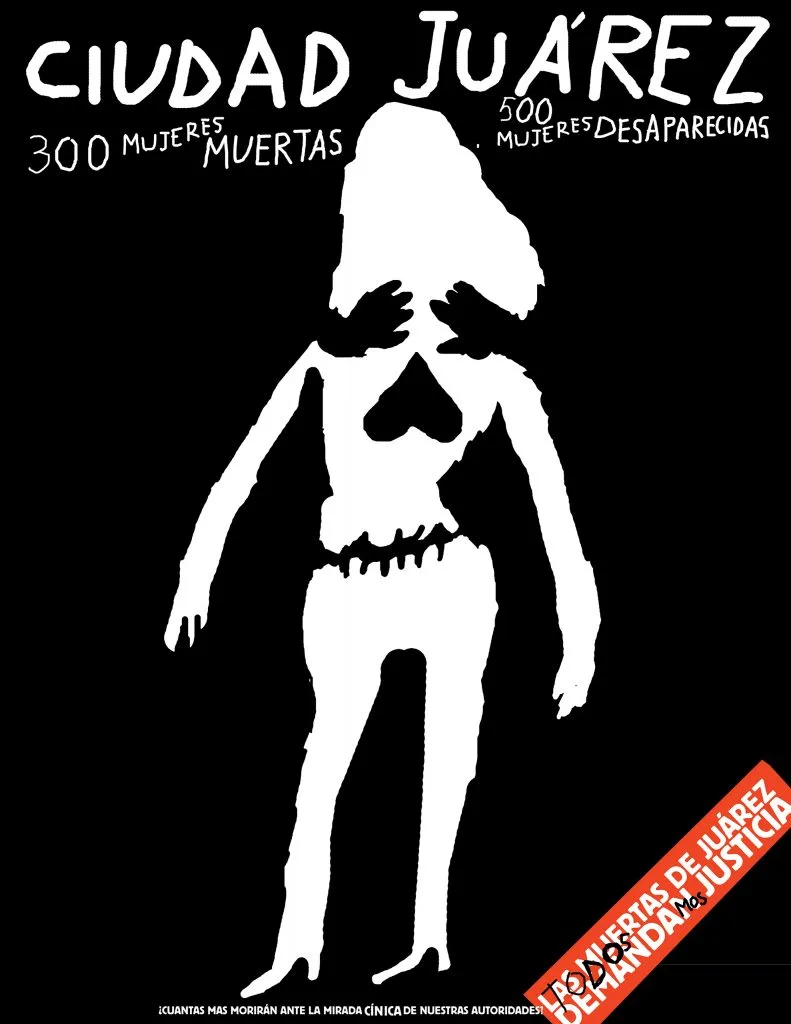
Gran Fury: Silence=Death
Arguably the most iconic poster produced in response to the AIDS epidemic, both the image and slogan are minimalist, dramatic, and unforgettable. It is a powerful call to action.
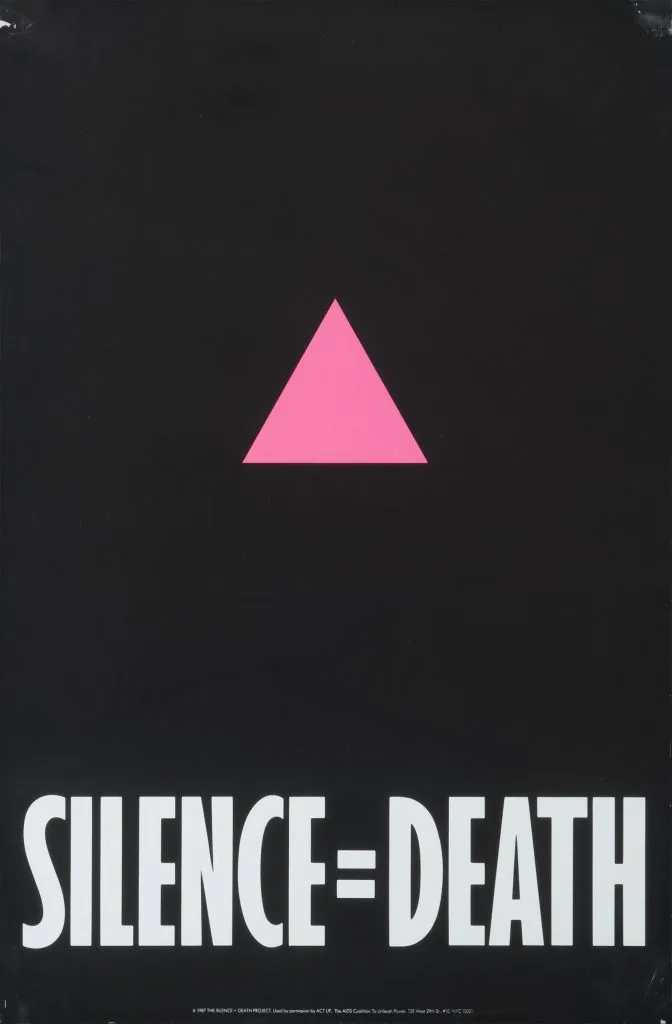
U.G. Sato: Warning Against Warming
The absurdity of a penguin shedding its coat in response to climate change grabs viewers’ attention and gives visual immediacy to the warning in the title.


